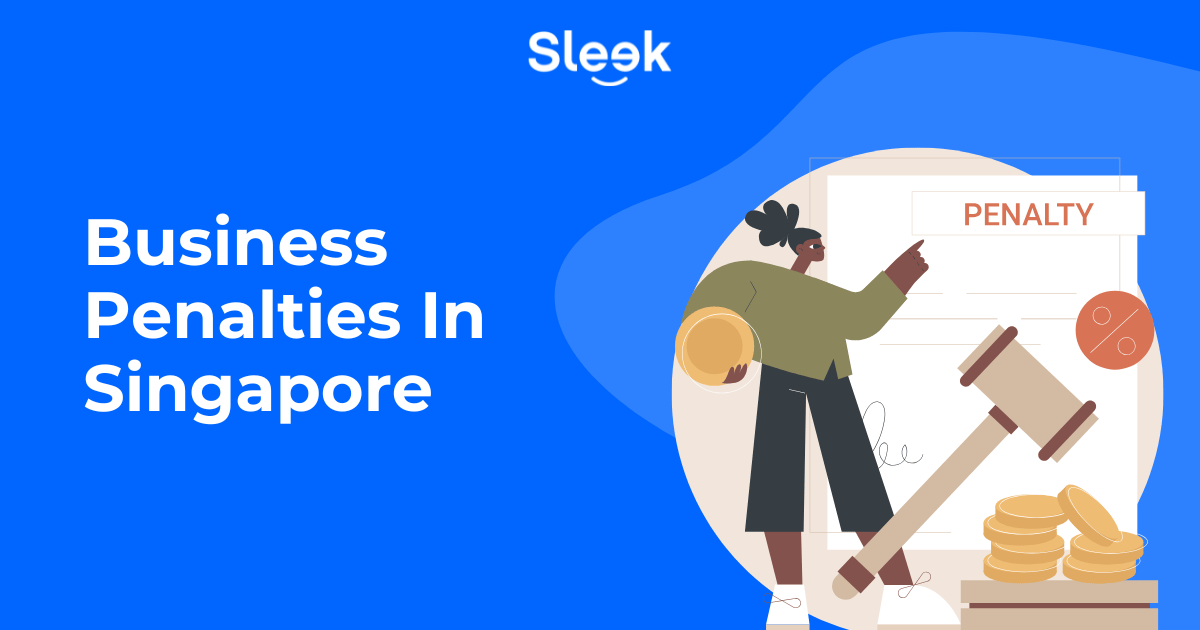Types of financial statements
5 minute read
Financial statements are reports that present the financial performance of a company. Prepared by the company’s management, financial statements comprise of cash flow statements, balance sheet, equity statement of the owner, and income statements. Financial statements give greater insight into the company’s finances. These crucial documents are audited by accountants and government agencies to ensure accuracy, relevance, reliability, and compliance.
These provide key financial information to help the company’s decision-making process. Investors and financial analysts use financial data for analysis. The financial data gives them a peep into the performance of the company. They leverage the data to make predictions about the company’s future direction, earning potential, and financial health.
Overview:
What are the four basic financial statements?
Financial statements give investors, creditors, and financial analysts an overview of the financial condition of a business. There are four basic financial statements.
Balance sheet
A balance sheet is a financial statement with information about a company’s assets and liabilities. It gives insight into a shareholder’s equity as of the reporting period. The information in the balance sheet is used as a basis to compute the rate of return. It is used for evaluating the capital structure of the company.
The structure of the report format is designed to achieve an accounting equation, ensuring that the total of all assets, liabilities, and equity is equal. The balance sheet is one of the most important financial statements because of the information about the company’s liquidity and capitalisation.
In simple words, a balance sheet tells investors about a company’s assets and liabilities and the net worth. An analysis of the balance sheet shows:
- How quickly bill payments are being made
- If the product return rate higher than average
- How much business debt is relative to the equity
- Whether short-term cash increasing or decreasing
- How many assets are tangible
- How long does it take to sell the inventory
- Whether there is a decline in the bond interest coverage ratio
- How much average interest rate the company is paying
- Where the company is spending profits
A balance sheet is critical when making investment decisions. It is set up like the basic accounting equation, with assets listed on the left and liabilities and equity on the right. Some balance sheets may list assets at the top. Assets are then followed by liabilities and equity in a vertical arrangement.
Typically, assets are listed based on how they will be converted to cash. The inventory of the company is categorised as part of current assets.
On the other hand, there are assets that the company does not intend to convert to cash within the annual year. They are categorised as non-current assets. Fixed assets are part of non-current assets that are used for business operations and are not available for sale in the near future. This may include office furniture, trucks, and other property.
Income statement
An income statement shows a clear picture of the company’s net income or net loss or revenue and expenses. In order to calculate the company’s income statement, the amount of money coming in and going out is calculated.
An income statement comprises the following information:
- Non-operating expenses
- Sales
- Operating expenses
Income statements may also include earnings per share; that is, the amount of money shareholders are expected to receive in case of distribution of net earnings during the period.
The total amount of money earned from sales of products or services is reported at the top of the income statement. This is also known as gross revenue or sales because no expenditure has yet been deducted from it.
The income statement lists the amount of money that is due but not expected to be collected during certain sales periods. The company’s net revenue is calculated by deducting returns and allowances from gross revenue.
Following the net revenue, the next few lines represent different operating expenses. The next line immediately after net revenue shows the amount of money spent on the production of all the goods or services sold during this period.
Following this is gross profit, which is calculated after subtracting the cost of sales from the net revenue.
The following section highlights operating expenses for a given period. This includes the cost of research and salaries of administrative staff. Gross profit is reached after deducting depreciation, which is the wear and tear of assets used over the long term.
When operating expenses are subtracted from gross profit, the figure you get is the operating profit or income from operations.
When the expenses are more than the revenue, the company is said to be suffering from net loss.
- Operating expenses include such information as expenses on rent for office space and advertising.
- A one-time purchase is classified under non-operating expenses. It also includes interest on borrowed money.
- Sales include the cost of all goods sold.
Statement of cash flows
This financial statement gives you a more in-depth insight into your cash outflow. The number of categories depends on the size of the company. The categories for larger companies are listed below:
- Financing activities
- Operating activities
- Investing activities
- Supplemental information
Small businesses focus on cash inflow and outflow during the reporting period. This gives the company an idea of whether its expenses are more than income or vice versa. It provides a useful comparison to the income statement, especially when the amount of profit or loss does not reflect the company’s cash flows. A statement of cash flows may be used when financial statements need to be issued to outside entities.
Statement of retained earnings
This type of financial statement is used to track any changes in equity over a particular reporting period. In simple words, retained earnings is the amount of net income that comes after dividend payment has been made to stockholders.
It comprises share sale or repurchase and dividend payments. It also includes any changes resulting from reported profits or losses. The statement of retained earnings is the least used financial statement.
How Do I Write a financial statement?
Each type of financial statement gives important information about the efficiency of business operations. It gives a forecast of the future vision and plans. The business forecast is the view of your business into the present and future.
When it comes to preparing financial statements, it is important to understand the accounting system you will be using to save valuable time later. A business must prepare financial reports for investors and creditors to assess the financial health of the company.
So to get a clear picture of the financial health of the company, the following elements must be included in your financial statement:
- Assets
- Comprehensive income
- Distributions to owners
- Expenses
- Equity
- Gains
- Investments by owners
- Liabilities
- Revenue
- Losses
The financial statement is required by investors and others with a financial stake.
To write a financial statement you would need to do the following:
- Put together the company’s balance sheet with details.
- Write your income statement with gross profits, net sales, and operating and non-operating expenses.
- Create a spreadsheet with potential sales over three years.
- Set aside a budget to meet the expected expenses. This means how much it will cost to make the forecasted sales.
- Create a cash flow statement that shows money flow. The cash flow statement is based on the balance sheet, sales forecasts, and other assumptions.
- Project net profit with forecasts for your business for a period of three years. This includes expense, sales forecast and cash flow statement.
- Compile and estimate the amount of money on hand. This should include inventory, accounts receivable, building, land, and equipment. You will need to determine your debts and liabilities. This includes debts from loans and accounts payable.
- Find the breakeven point, that is, the point where your expenditure matches your sales volume. It is easier to obtain an analysis based on your three-year income projection.
When the financial statements are prepared, the accounting books must be prepared for the next financial year. This involves clearing out the income and expenditure in the general ledger. The net income/loss is then transferred to the owner’s equity account.
Exemptions
All Singapore-incorporated companies must file financial statements with ACRA. However, the following types of businesses are exempted from filing financial position statements in Singapore:
- Sole proprietorship
- Limited liability partnership
- Partnerships
Next steps
Save on your costs and time and be able to focus on your business by outsourcing your accounting services to us. Contact us now to find out more!
You might be interested in reading about:









